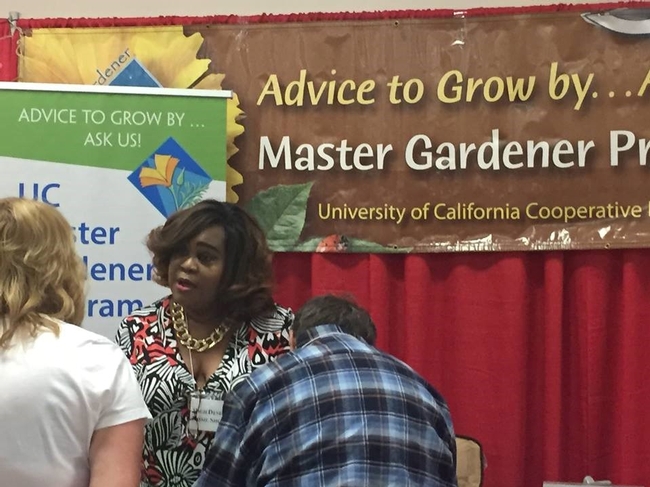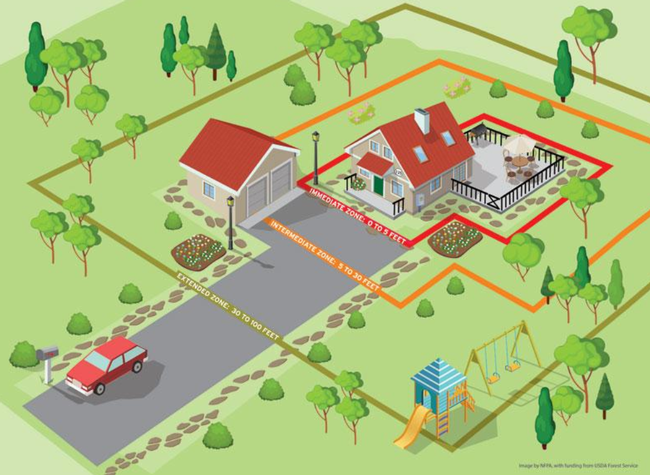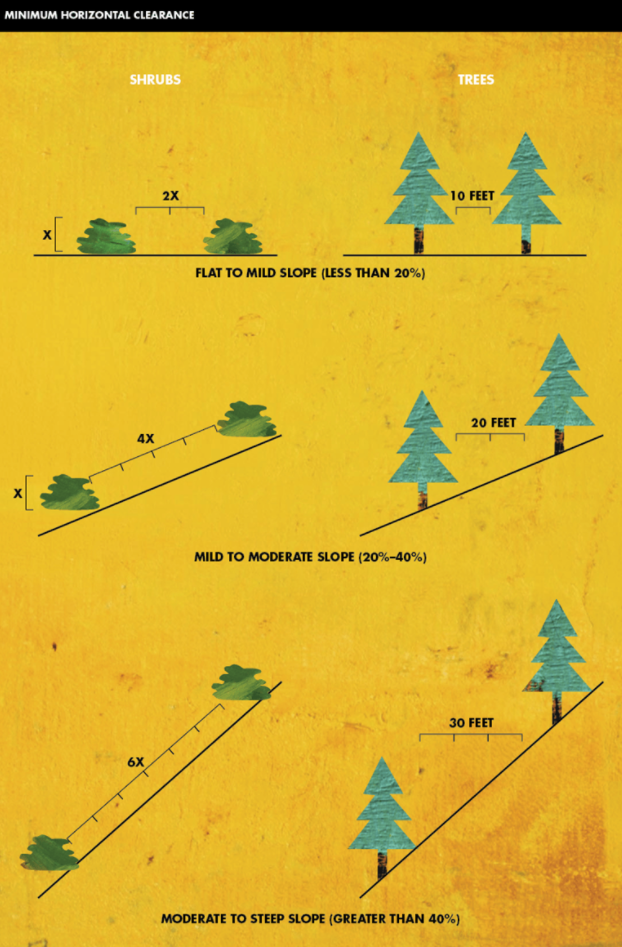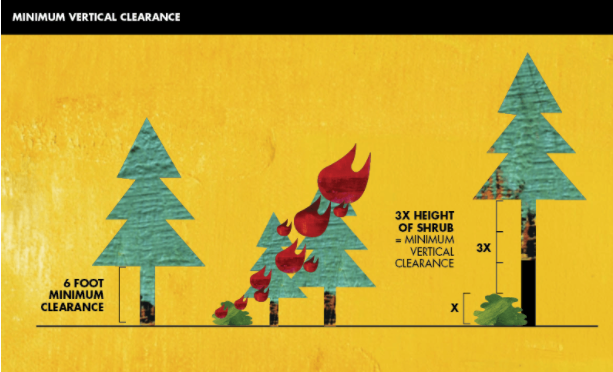Posts Tagged: los angeles county
Tips for Enhancing the Fire-Resistance of Your Home Landscape
Welcome to another “New Normal!” Due to climate change resulting in hotter, drier conditions and reduced snowpack, the occurrence of a “fire season” which traditionally occurred from May through October is becoming a misnomer, with fire occurring throughout the year. The severity of what may lie ahead over the next several months was highlighted in a recent tweet posted by CAL FIRE: “Compared to last year, California has seen over 2,650 more fires and a nearly 2000% increase in the acres burned year-to-date (January 1 – September 7), across all jurisdictions.”
Indeed, Fall often hosts strong offshore winds that can quickly spread destructive fires, exacerbated by the impacts of climate change. What can you do to help ensure ‘defensible space' that increases the safety of your family, pets and property in fire-prone areas? First and foremost, select and properly maintain fire-resistant plants augmented with hardscapes and fire breaks extending from your home to at least one hundred feet outward. (This also helps ensure access to your home by firefighters and other first-line responders in the event of a fire or other life-threatening event.)
Vegetation chosen for your defensible space should have low flammability and can include trees and shrubs along with herbaceous plants. Allowing adequate space between woody plants is important to avoid a continuous fuel path (fuel ladder) where fire starting at ground level can climb to the top of a tree and spread from tree to tree.
1. Follow these ‘defensible space' guidelines to reduce the risk of fire spread and damage:
Zone 0 (first 5 feet from structures): avoid anything combustible including woody plants, mulch, woodpiles, trellises, and stacked items. Instead, add walkways and mulch and other hardscaping made from pebbles and rocks, pavers, rock mulch, or pea gravel. Include a 6-inch noncombustible area extending from the ground to the exterior siding of structures.
Zone 1 (5-30 feet from structures): Eliminate fire spread by ensuring adequate space between trees, removing lower branches. Consider adding irrigated groundcovers or mowed grass or hardscapes between these plant groupings, as well. Properly maintain plants and remove dead portions of plants.
Zone 2 (31-100+ feet from structure to the property line): Concentrate on reducing the density of plants to slow the spread of fire and to reduce the height of flames. Woody plants should be spaced (as illustrated below) to prevent fuel ladders.
Defensible Zones (source: National Fire Protection Association, nfpa.org)
2. Remember that even a so called “fire-resistant” species that is under-watered or otherwise poorly cared for can be highly combustible. The conditions under which the plant is grown influences its fire-resistance more than the species itself. However, plant species high in wax, oil, and resins such as conifers tend to be highly flammable while manzanita and ceanothus (California lilac) are less so.
3. Avoid planting or spreading invasive species. While invasive plants are never recommended in any landscape, they are especially problematic in natural areas prone to wildfire. Once established they can fuel fire as well as crowd out native vegetation and associated habitat. Refer to the California Invasive Plant Council website for more information and specific examples and plants to avoid (www.cal-ipc.org).
4. Follow recommended planting and pruning guidelines to prevent both horizontal and vertical spread from tree to tree. Horizontal spacing is directly related to the slope of the land and the height of the vegetation.
Photo above (courtesy of CAL FIRE) is a diagram to help you determine minimum horizontal clearance for tree and shrub placement to reduce fire risk.
Photo above (courtesy of CAL FIRE) shows a 5' shrub near a tree. In this example, 15' of clearance (3 x 5') is needed between the top of the shrub and the lowest tree branch to prevent a fire ladder.
5. While fire-resistant natives and adapted non-natives greatly reduce your chance of losing your home and property to wildfire, all plants will burn under favorable conditions. Ensure that plants receive adequate irrigation.
6. Rather than applying organic mulch near your home, use non-flammable materials such as stone and pebbles. Granite pathways are also suggested since they provide a fuel break. Firewood and propane tanks should also be kept away from your home.
References:
CAL FIRE “Ready for Wildfire”: https://www.readyforwildfire.org/prepare-for-wildfire/get-ready/defensible-space/
Drill, S. et al. (2009), S.A.F.E Landscapes: Southern California Guidebook, UC Cooperative Extension: https://ucanr.edu/sites/SAFELandscapes/files/93415.pdf
UC ANR “Preparing Home Landscaping for Fire”: https://ucanr.edu/sites/fire/Prepare/Landscaping/
Email a trained University of California Cooperative Extension Master Gardener Volunteer for Help With Your Plant Problems
Unlock the Door to One of the Best Kept Secrets in Southern California!
Did you know that University of California Cooperative Extension has trained Master Gardener volunteers ready to answer your home gardening and landscaping questions throughout the greater Los Angeles area?
Email the Master Gardener helpline in the county in which you reside for the most accurate information since climates and conditions vary across the southland:
Los Angeles County: Email: mglosangeleshelpline@ucdavis.edu
San Bernardino County: Email: mgsanbern@ucanr.edu
Riverside County: Email: anrmgriverside@ucanr.edu
Orange County: Email: ucceocmghotline@ucanr.edu
Visit http://mg.ucanr.edu for links to other Master Gardener helplines in over 50 California counties!

audrey henry mg







